Bric —the association between Brazil, Russia,India and China, began informally in 2006 during the end of a United Nations General Assembly session. Since 2009, the Heads of the State and the Government have been meeting annually. In 2011, at the Sanya summit, South Africa joined the group, adding the letter S to the acronym, now BRICS.
For BRICS, culture is a priority and is already in the agenda. The first BRICS Film Festival was born in 2016, in India, with an agreement that it would be an annual affair organized by the five member nations on a rotating basis. In 2017 it was held in Chengdu (China) and South Africa (Durban, 2018).This year, the Fluminense Federal University (UFF), Niteroi, Brazil, the special secretariat for culture at the ministry of Citizenship and the municipal corporation of Niteroi, Brazilian Film Agency (ANCINE) hosted the gala event together.
The festival happened in Niteroi, Brazil, where an art house film theatre emerged in 1968 to screen the new auteur films from Brazil and other countries. Furthermore, purchased by Fluminense University, the film school has been responsible for not only maintaining but also projecting for the future the historical relationship between the city of Niteroi and cinema.
They hosted five screening sections with five parallel events during these few days (23rd September- 9th October, 2019) at Niteroi. The films aiming for the best film completion were indeed aesthetically heterogeneous, as mentioned in the festival catalogue. The choice of films were the curious mix of genres, from documentaries to animation, to simple narrative features, it encompasses all the kinds of film making.

A Glow Worm in a Jungle.
Brics is the acronym coined from the association of five major emerging national economies: Brazil, Russia, India, China and South Africa. The headquarter of BRICS is in Shanghai, China. The main objective is to ensure cooperation between the member nations for development, provide financial assistance, support various projects, infrastructure to each other etc. Besides economic cooperation, BRICS also aims at celebrating world class film productions from related nation states for more collaboration. The format of the festival consisted of screening two feature films from each country in the completion category. The 3rd BRICS film festival took place in Durban, South Africa along with the International Durban Film Festival from 22nd– 27th July, 2018.
In the choice of films, there is an obvious post colonial critique from the curators. They explained that films from other BRICS countries usually reach us through American and European filters, whether through film festivals, commercial distribution, or academic studies. In general, BRICS films reach other countries within the bloc only when they are released with English subtitles, endorsed by international festivals or awards or studied in books by English speaking researchers. Therefore, they were extra cautious in choosing their films, they consulted film historians, film critics, scholars, their national archives’ before carefully projected the contemporary as well as the Classics section.
The BRICS countries aspire to transcend the borders and pave the way for new possibilities of international cooperation. In the company of other emerging nations of BRICS, this year Brazil takes the lead. The film festival has become one of the main cultural events of BRICS. It is committed to make room for new film making talents and to discuss the past, present and future of cinema.
Brazil is represented by two films. The documentary, Children of Macunaima,(2018/Documentary/Brazil/90mns) is the third film by Miguel Antunes Ramos, who captures three indigenous families in Northern Brazil and try to find whether these families identify themselves as the bearers of indigenous culture today at all. Thus Children of Macunaima paints a picture of present day indigenous disquiet.
The second from Brazil was a mockumentary by debut film maker Brauna Carvalho Almeida. The Young Baumanns ( 2018/Fiction/Brazil/71mns) focused its attention on a group of young people from the same family who mysteriously go missing in the 1990’s. The video footage records the days of their vacation, the days before they suddenly disappeared. The film reflects a slice of human finitude as well as the slow withering away of old visual technologies.
Russia came up with two debut features. Eduard Novikov’s, The Lord Eagle (2018/Fiction/Russia/80mins) is a story from Yakutia region where an elderly couple live in a forest, fishing and hunting for survival. In a winter day an eagle comes their way and the peaceful co existence of the human beings and the animal begin. The Eagle is considered as a metaphor of divinity on earth-the eagle acts as a link between Mother Nature and the mortal beings.
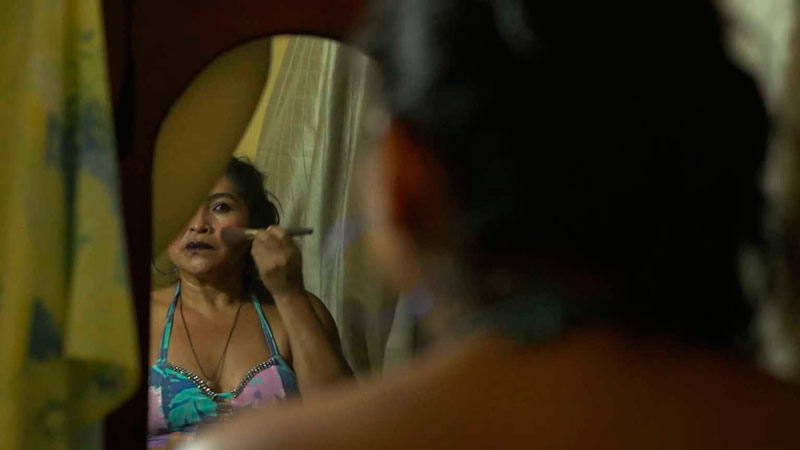
Children of Macunaima.
India is a country known for its innumerable films of various genres and languages. Timeline (2019/Fiction/India/116mns) is a feature narrative from one of the regional women filmmakers of India which won the National Award in 2019. The film deals with a reconstruction of a character on Anirban (played by Saswata Chatterjee) from his social media posts, by his mourning wife and friends when he is no more. The film had possibilities, but the script dwindled in the middle only to be submerged to Tally into its wrath. C.V Avilash’s Malayalam film Alorukkam (2019/India/Fiction/123minutes) fiction is a story of an old man’s journey to search his son. The long awaited reunion takes a dramatic turn when the father discovers is son’s transgender identity. She is a married woman now with an adopted child what happens eventually forms the crux of the film.
The only animation film in the competition program was from China White Snake (2019/China/Animation/98mns), a joint venture between Light Chaser animation studies and Warner bros. is the first creation of Amp Wong & Zhao Ji. Inspired by a traditional Chinese mythology the film tells a story of a snake girl who accidentally falls in love with a normal human being which is prohibited in the snake world the film very efficiently weave together and universal narrative with Chinese cultural elements. The moral of the narrative was in spite of wickedness and Demons everywhere the eternal goodness always remains.
Another film which draws attention from China is a beautiful coming of age love story by Lun Su. How long will I love you (China/Fiction/101mns/2018) is a story of Lu Mingand and Gu Xiaojio from two different time space connected accidently. Lu King is a man from 1999 where Gu is a woman from 2018. White Snake and this film both talk about redemption true love in which true love triumphs over temporal distances.
South Africa represented two films, Takolaash (South Africa/2018/93 minutes /fiction) is the story of Busi who works as a cleaning lady in Johannesburg to provide her sister freedom from the oppressive patriarchal environment of the village though apparently it is a horror film there is a subplot on the aggression against women. The narrative happens in a hospital was exorcism and supernatural elements both cast their evil hands-on Busi.
The second film is a personal journey of the director Molatelo Mainetje. This is her debut docu-fiction film. Molatelo collected footage over several years. Her film Babies don’t come (South Africa/Documentary/90 mns/2018) reveals her painful journey in an attempt to find solutions to her problems. Born in a rural community that believes in ancestral beliefs, considers medical Science as western deformations, she faces harsh criticism due to the usage of modern medical help of artificial insemination. She is virtually split between the contradictory demands of modernity and tradition.
The festival had only one award for the best film which goes to the Russian romantic drama, The Tutor (Russia/Fiction/86mns/2018) which focuses on the torrid affair between underage boy and a woman around her fourties. A prohibited love bloomed between the two lonely souls. Savva, the student, and Ana his teacher indulge in erotic encounters that will mark them for life. Their sexual fantasies intertwined with readings of classical French literature become a temporary refuge from the weight of the world and intimate space where Savva and Anna experience a tumultuous affair that could hardly be maintained in a carefree way in social settings. In tutor it is behind closed doors that desires are momentarily strengthened against the traditional sexual paradigm of Russian society.
Besides the films in competition three more classic excellence in exhibition from each participant countries were held in the Classic Section. From China there was the film The Goddess (35 minutes fiction 1934 China), The Circus Tent (1:30 minutes fiction 1978) film from Donkey in a bar in village (1977 96 minutes India) by another director Govindan Aravindan, South India. South Africa’s two films Come back Africa (1959 documentary 86 minutes), Fools (1997/ documentary/ color/ 90 minutes). From Russia, Fragments of an Empire (1929/ documentary /black and white /109 minutes), It was the month of May (1970/Fiction/B-W/115mns), there were two films from Brazil They do not wear black tie (1981 /fiction /color/ 120 minutes) and Rough Diamond (1993 fiction black and white 82 minutes).
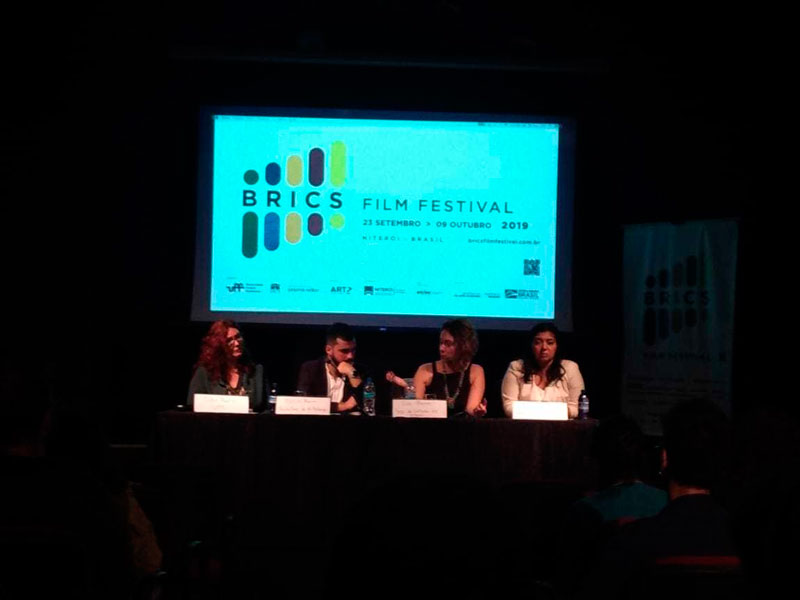
Professors talk about helping audiovisual students enter the labour market during Festival activity.
There was a parallel section of audio-visual presentation where all these five countries exhibited the old equipments related to film making such as cameras and projectors like 16mm gauge, during the celluloid era or analogue and digital video formats as VHS or Mini DV etc. The aim was to train professionals for the audio-visual market.
Another unprecedented section was the film preservation meeting where all the member countries held two meeting per day to exchange views as well as problems of film preservations of their respective countries. The issue of preservation, despite each country’s specifications, faces almost similar challenges such as climate adversities, inconsistent memory preservative policies, or the incompatibility between investment in production and the resources directed at safeguarding audio visual works.
They also had a student residency for one week where students from each country experienced a creative filmmaking process. A series of urban wandering experiments to stimulate creative listening and inventive encounters was ensured. The outcome was screened during the award ceremony where the student representatives were greeted with a round of applause.
As a whole,it was a very satisfying affair for all the cinephiles from Brazil as well as for the guests from the other countries. Next year, Russia will host the same event in Moscow. Hopefully, the cine enthusiasts from all over the world will look forward for the lineup.

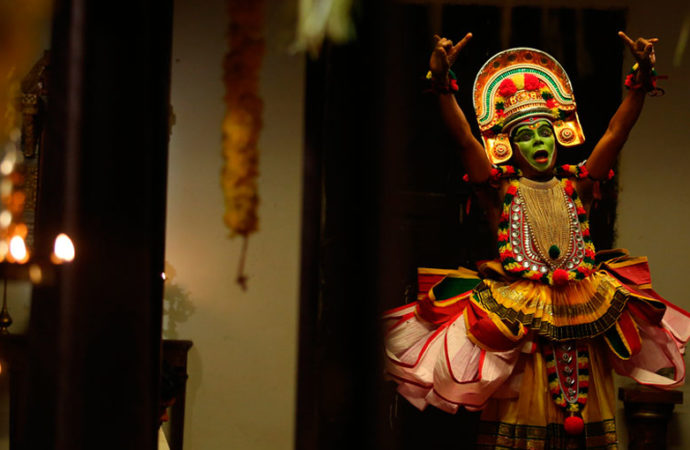

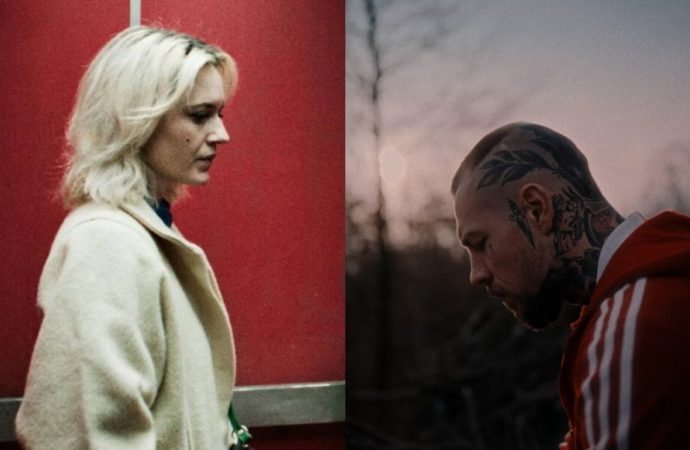
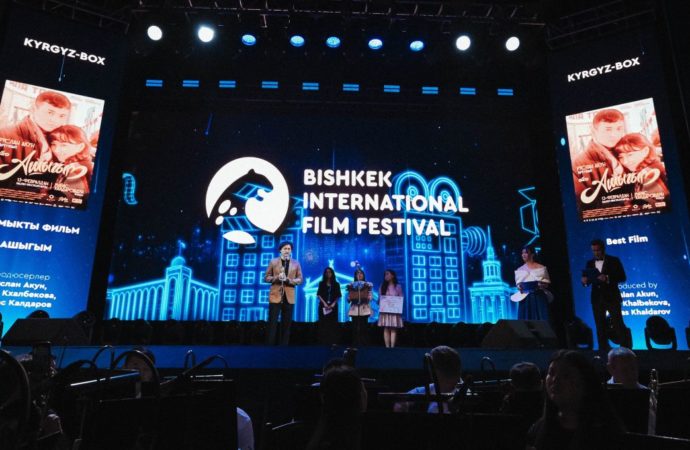

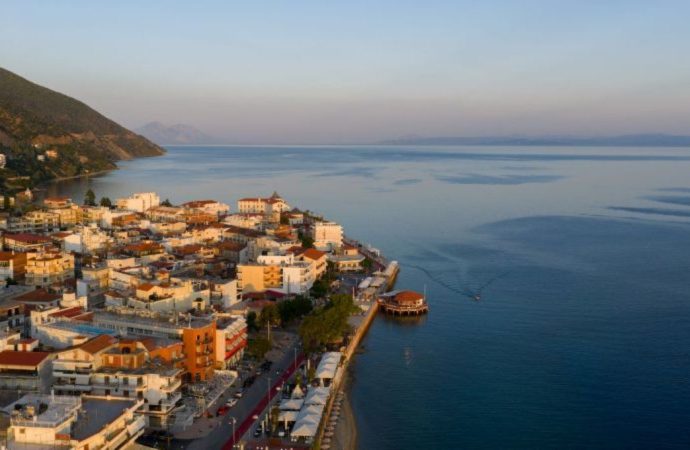


No one has posted any comments yet. Be the first person!